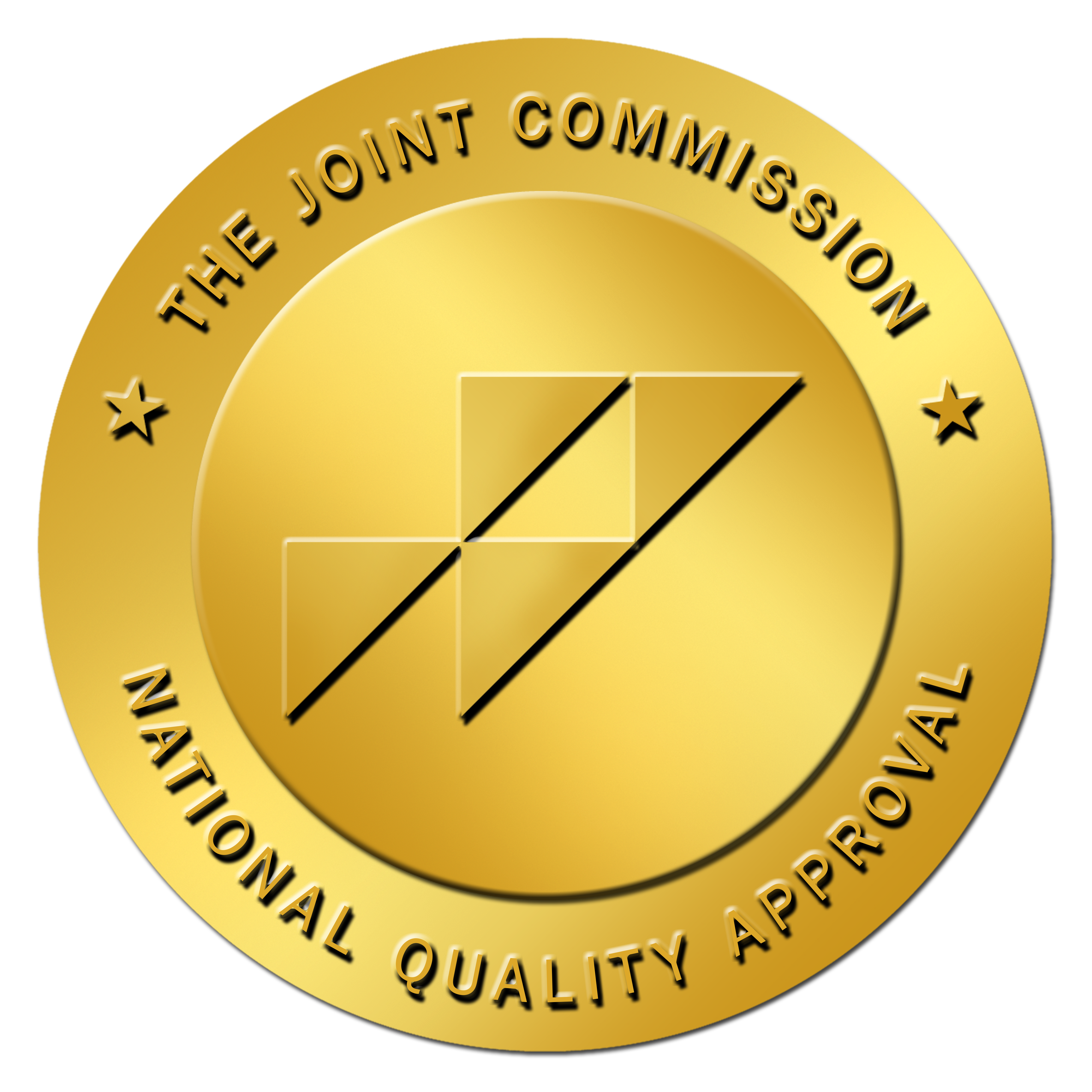Buprenorphine Detox
Buprenorphine Detox & Treatment




We’re In-Network With

What Is Buprenorphine?
Buprenorphine, classified as an opioid partial agonist-antagonist, is instrumental in treating opioid addiction by alleviating cravings and withdrawal symptoms. Administered through sublingual tablets, films, or extended-release injections, it aids individuals in discontinuing or reducing opioid use, particularly in Medication-Assisted Treatment (MAT). Often combined with naloxone (Suboxone), buprenorphine’s partial agonist activity at opioid receptors, with a plateauing respiratory effect (ceiling effect), enhances safety by minimizing overdose risks. Its application spans detoxification and maintenance therapy, offering less frequent dosing due to its prolonged action. Prescribed by certified healthcare providers, buprenorphine, when integrated into a comprehensive treatment plan, proves effective in diminishing opioid use, averting relapse, and enhancing overall treatment outcomes.
Street Names:
Big Whites, Buse, Oranges, Small Whites, Sobos, Stops, Strips, Sub, Subs
How is Buprenorphine Used In Opiate Dependence?
Buprenorphine is a key component of MAT for opiate dependence. It serves various purposes in supporting individuals throughout their recovery journey:
It aids in reducing cravings for opioids, facilitating the management and overcoming of psychological and physical dependency. During the detoxification phase, buprenorphine is instrumental in alleviating withdrawal symptoms and enhancing comfort during this critical period.
With partial agonist activity at opioid receptors, buprenorphine provides therapeutic effects without inducing the intense euphoria associated with full agonists like heroin or methadone. Its ceiling effect on respiratory depression reduces overdose risks at higher doses.
Combination formulations, such as Suboxone, include naloxone to deter misuse by inducing withdrawal symptoms if injected. Buprenorphine’s long duration of action enables less frequent dosing, improving treatment adherence.
Utilized in maintenance therapy, buprenorphine supports sustained recovery, offering ongoing assistance and minimizing the risk of relapse. When integrated into a comprehensive treatment plan with counseling and therapy, buprenorphine addresses the multifaceted aspects of opiate dependence, providing a safer and more controlled pathway to recovery.
Is Buprenorphine The Same As Suboxone?
No, Buprenorphine and Suboxone are not the same, although Suboxone contains buprenorphine as one of its components. Buprenorphine has partial agonist activity at opioid receptors, which helps reduce cravings and withdrawal symptoms without inducing the intense euphoria associated with full agonists.
On the other hand, Suboxone is a drug that contains both buprenorphine and naloxone. Naloxone is an opioid antagonist. That means that it blocks the effects of opioid drugs and can induce withdrawal symptoms if opioids are misused, such as injecting Suboxone.
While buprenorphine alone can be prescribed for MAT, Suboxone is often used due to the added naloxone component, which serves as a safety measure to discourage misuse. Both medications are administered sublingually (under the tongue) and play a role in supporting individuals in their recovery from opioid dependence.
Is It Dangerous?
Buprenorphine is generally considered safe when used as prescribed for opioid dependence within a MAT program. However, like any medication, it carries potential risks and side effects. Common side effects may include constipation, headache, nausea, and insomnia. It’s important to use buprenorphine under the care of a qualified medical professional to decrease risks of adverse effects. Abuse, misuse or combining it with other substances, especially central nervous system depressants, can increase the risk of respiratory depression, sedation, and overdose.
What Are The Long-term Effects of Using Buprenorphine?
Long-term use of buprenorphine within a MAT program is typically associated with positive outcomes, such as reduced opioid use, decreased cravings, and improved overall well-being. Potential long-term effects may include improved social functioning, reduced risk of opioid-related harm, and increased likelihood of sustained recovery. However, individual responses can vary, and ongoing medical supervision is crucial to monitor for any adverse effects.
Signs & Symptoms of Buprenorphine Withdrawals
Withdrawal symptoms from buprenorphine are possible, especially if the medication is abruptly discontinued. Some of the most common withdrawal symptoms include nausea, vomiting, diarrhea, muscle aches, insomnia, and irritability. Gradual tapering while under medical supervision can help minimize withdrawal symptoms, making the discontinuation process more manageable. It’s essential to coordinate any changes in buprenorphine treatment with a healthcare provider to ensure a safe and effective transition.
Benefits of Buprenorphine Detox Program
Participating in a buprenorphine detox program offers several advantages for those seeking recovery from opioid dependence. Key benefits include:
- Medical supervision: The program provides continuous medical supervision, ensuring a safe and comfortable detoxification process under the care of healthcare experts.
- Withdrawal management: Skilled professionals manage withdrawal symptoms, minimizing discomfort during detox and supporting individuals through this challenging phase.
- Emotional support: Buprenorphine detox programs often include counseling and emotional support, addressing the psychological aspects of addiction and equipping individuals with tools for long-term recovery.
- Structured environment: Detox programs follow a structured treatment plan, providing a systematic approach to address the physical and psychological dimensions of addiction.
- Safety measures: These programs incorporate safety measures to reduce potential harm during the withdrawal process, prioritizing the overall well-being of individuals.
After detox, individuals can smoothly transition into more comprehensive addiction treatment programs for ongoing support.
Where Can I Find Help, Treatment, and Support?
For assistance with opioid dependence, individuals can contact healthcare providers, addiction specialists, or local treatment centers. Many facilities offer comprehensive treatment, including buprenorphine-based programs. Seeking help from doctors, therapists, or local addiction helplines is a crucial step in finding appropriate treatment and support.
How To Pay For Buprenorphine Detox Program
Financing addiction treatment, including buprenorphine detox, may raise concerns, but various options are available. Individuals can explore health insurance coverage, private payment plans, or financial assistance programs offered by treatment centers. Professionals at the detox program can guide individuals in determining the best financing option for their specific situation. Contact SoCal Detox for more information about paying for your detox program.



